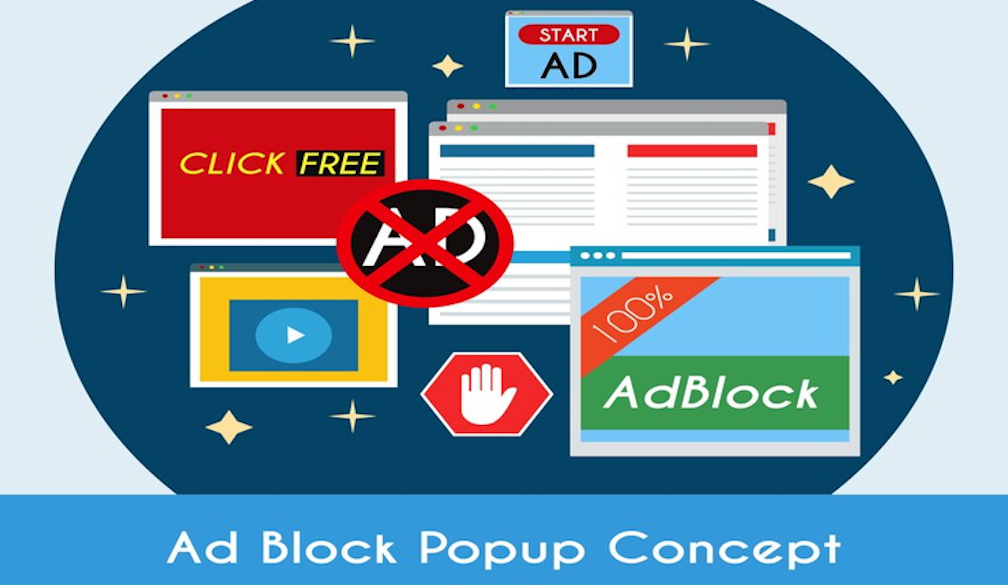Conveyancing 101: The Conveyancing Process Explained For Buyers

In the US, more than one million homes are bought and sold each year. Even if you have no intention of purchasing a property anytime soon, it's worth knowing what will happen to your current home when you eventually sell it – as the process of buying and selling any type of property can be complicated.
As a buyer, it's your responsibility to know the ins and outs of the property purchasing process. This article is designed to help you understand what will happen to your home throughout the course of conveyancing – an important step in buying any type of property.
What is Conveyancing?
Conveyancing refers to the legal processes involved with transferring ownership of a property from one person to another. Conveyancing Brisbane processes vary depending on the type of property and the location; what you'll need to know falls into two main categories:
Who is Responsible for Conveyancing?
In most cases, the buyer's solicitor will handle conveyancing – this includes everything from drawing up contracts to submitting paperwork to registration. Some transactions may require a vendor's solicitor to handle the legal end of things. In these cases, it is vital that you provide all information required in a timely manner so your solicitor can finalise the transaction with enough time for registration.
Any delays in providing documentation could result in costly mistakes being made, so always check what your conveyancer requires from you before work begins.
What Will Happen During Conveyancing?
Conveyancing involves five main steps:
1. Contract Negotiations
Before any legal work can take place, contracts must be drawn up by your solicitor. These will include all necessary information for the transfer of ownership, along with information about any conditions that need to be met before sale completion.
2. Completion Date
This is the final day on which your home can be sold; if it isn't sold by this point, you will need to apply for an extension – and every day that goes by without a sale means another month's worth of mortgage repayments.
3. Deed Preparation And Registration
Once contracts have been signed and all conditions have been satisfied, your solicitor must prepare a transfer deed – or memorandum of transfer – detailing the purchase price and any loans attached to the property. This document needs to be submitted to the Land Registry for registration, meaning it becomes publicly available as proof-of-ownership information. It also allows lenders to update their records accordingly.
4. Title Search
At this stage, your solicitor will perform a search of the property's legal history – including past transactions, mortgages and planning permissions – to ensure there are no outstanding disputes or problems that could scupper your purchase.
5. Land Registry
Once all paperwork has been submitted and a title search completed, your solicitor will register your purchase with the Land Registry – an official government department responsible for recording all land and property transactions. Registration means that the transfer is now legally recognised by law as being complete, so from this point onwards you're officially the owner of the home.
Conclusion
The entire process can take anywhere from six weeks to four months depending on location , so it's important to plan ahead and budget accordingly. Once you've completed all steps of the conveyancing process, your solicitor will provide you with a conveyancer's certificate confirming that your purchase has successfully gone through. You can then use this document to apply for a new mortgage or release funds tied up in old deals.







